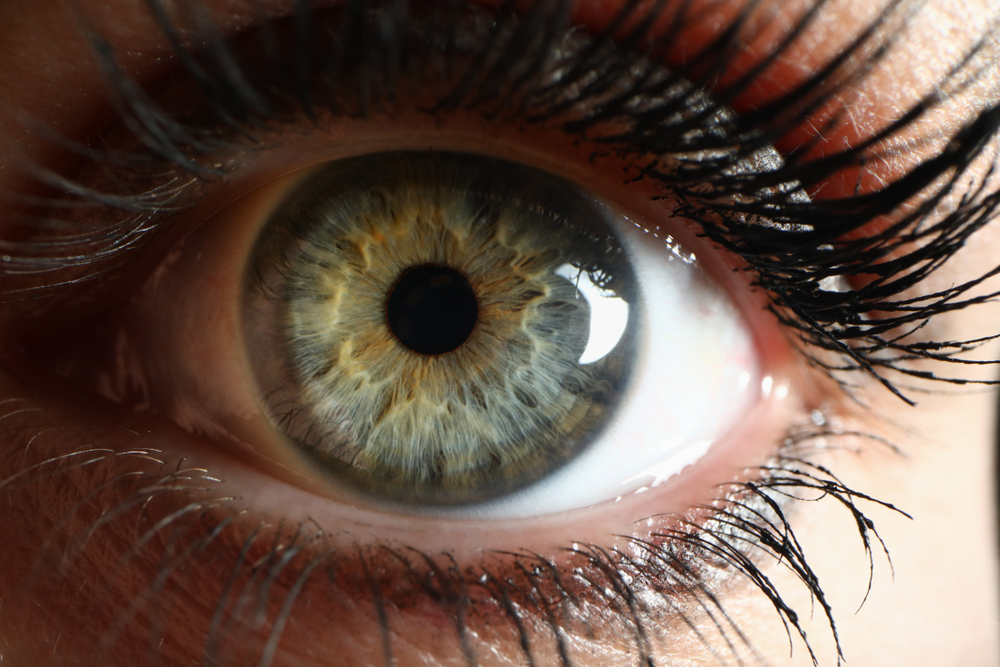Retina

What is the Retina?
The retina is a thin layer of cells positioned at the back of the eye that houses millions of light-sensitive nerve cells called ganglion, which absorb light focused on them by the cornea and the inner lens of the eye. This captured light is then transmitted through the optic nerve to the brain, where it is translated into the images we see. Retinal detachment is a very serious medical condition that occurs when the retina is physically damaged to the point that it stops receiving the oxygen it needs to stay functional. As the retina loses oxygen, it becomes difficult for it to process light impulses into visual images, ultimately blurring or blocking vision.
Generally, the retina loses its oxygen supply because of a tear or total detachment from the back of the eye. If left untreated, a retinal detachment can lead to permanent vision loss, so it requires immediate medical treatment. There are many risk factors that make it significantly more likely that you will suffer a retinal detachment at some point in your life. These include pre-existing eye conditions like nearsightedness or uveitis, or having undergone eye surgery previously.
While some cases can be treated non-surgically, the most common treatment for a detached retina is surgery. Retinal detachment surgery is considered safe and has positive long-term outcomes. Most detachments can be repaired via a single surgery, but in some cases, more than one procedure may be necessary to fully repair the damage.
